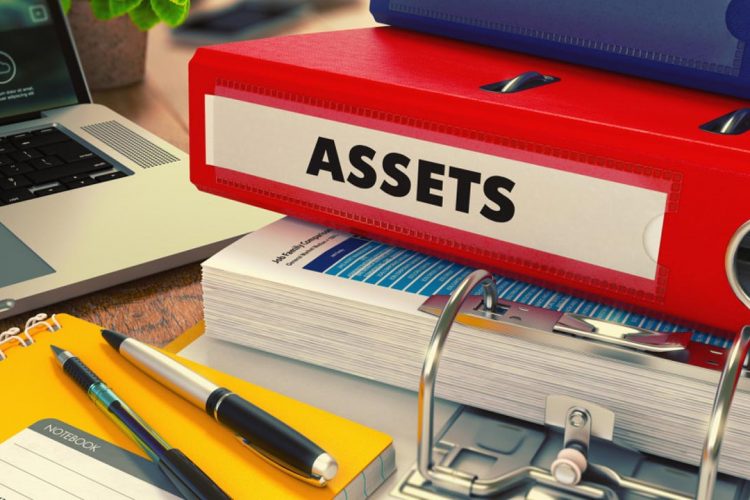Let us start with a company balance sheet. Here is where you can see the company’s assets and how they are financed. And when we say “financed,” we are saying if they are paid through debt or equity issuance. If it is paid with debt, you will see it under the liabilities, and if it is paid through issuing equities, it will be shown under the shareholder’s equity.
Companies have different assets, and they are used for various purposes. Companies may hold their assets differently, and the time frame helps them categorize. Among all asset categories, two of the most significant ones are the current and fixed assets. You can view them both on the company balance sheet, as mentioned earlier. Current assets are more short-term. Short-term as in the company holds them only less than a year. On the other hand, long-term assets are held longer than a year. This is the most apparent difference between the two, but there are more that we will discuss in detail below.
First, we have current assets.
Current assets are the ones that the company can convert into cash for a fiscal year or operating cycle. These are the assets that facilitate daily operational expenses and investments. They are liquid and can be converted into cash immediately. Some examples include cash or assets equivalent to cash like certificates of deposits, marketable securities like equities or debt securities, inventories, and prepaid expenses. We also have accounts receivables. This is when an entity owes money to a company after selling its products and services to the company’s customers.
Next, we have fixed assets.
As the name suggests, fixed assets are the long-term ones. People refer to them as different things, and here is the enumeration:
- Noncurrent assets. The company uses these assets for making its products and services. They also last for more than a year.
- PP&E. This is the shorter version of Property, Plant, and Equipment. Fixed assets are recorded and listed on the balance sheet as PP&E.
- Tangible assets. Tangible assets are the things that we can physically touch.
To name a few examples of fixed assets, we have vehicles, furniture, machines, buildings, and even land. These things all fall under fixed assets.
How are they different from each other?
Since fixed assets are long-term assets, they tend to depreciate, and it can divide the expenses of a company for noncurrent assets to spend them for as long as they are there. Depreciation eliminates significant losses because it spreads the cost for many years. On the other hand, current assets do not depreciate because they do not have time to do so as they only stick around for a short period.
Fixed assets are not too liquid, but they can be used for a long time, which is more than one year. On the other hand, current assets are very liquid within a year, and they can help when cash is needed immediately. Current assets can help when there is an economic downturn. Let us say that a company struggles to make ends meet and has no cash on hand. It can sell marketable debts and easily make money in a few days to pay debts. It is something that a fixed cannot do. For instance, you cannot sell equipment or land within a few days because they are not liquid.

